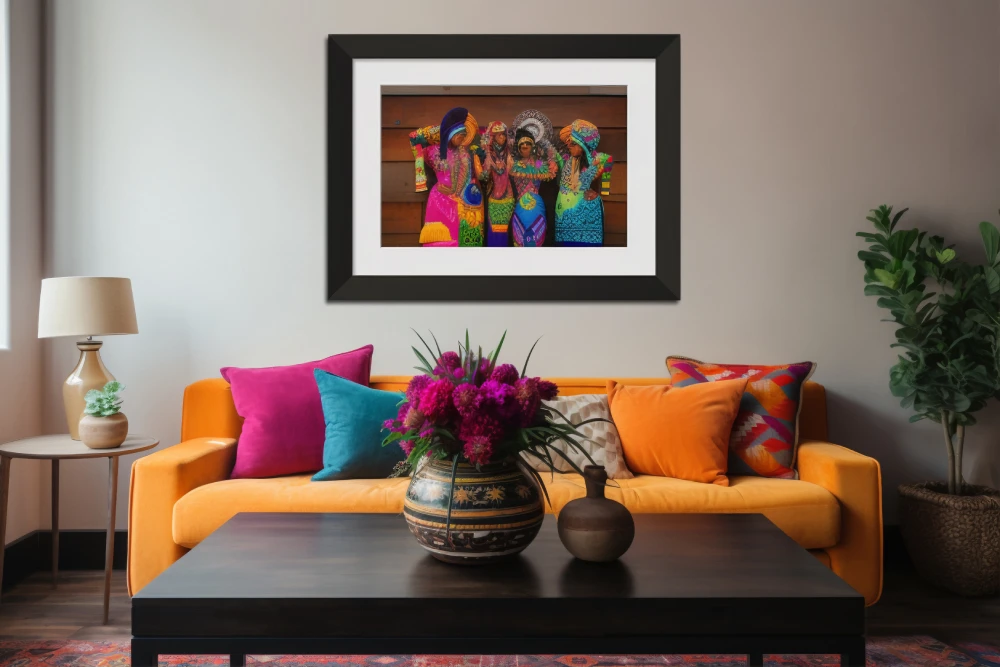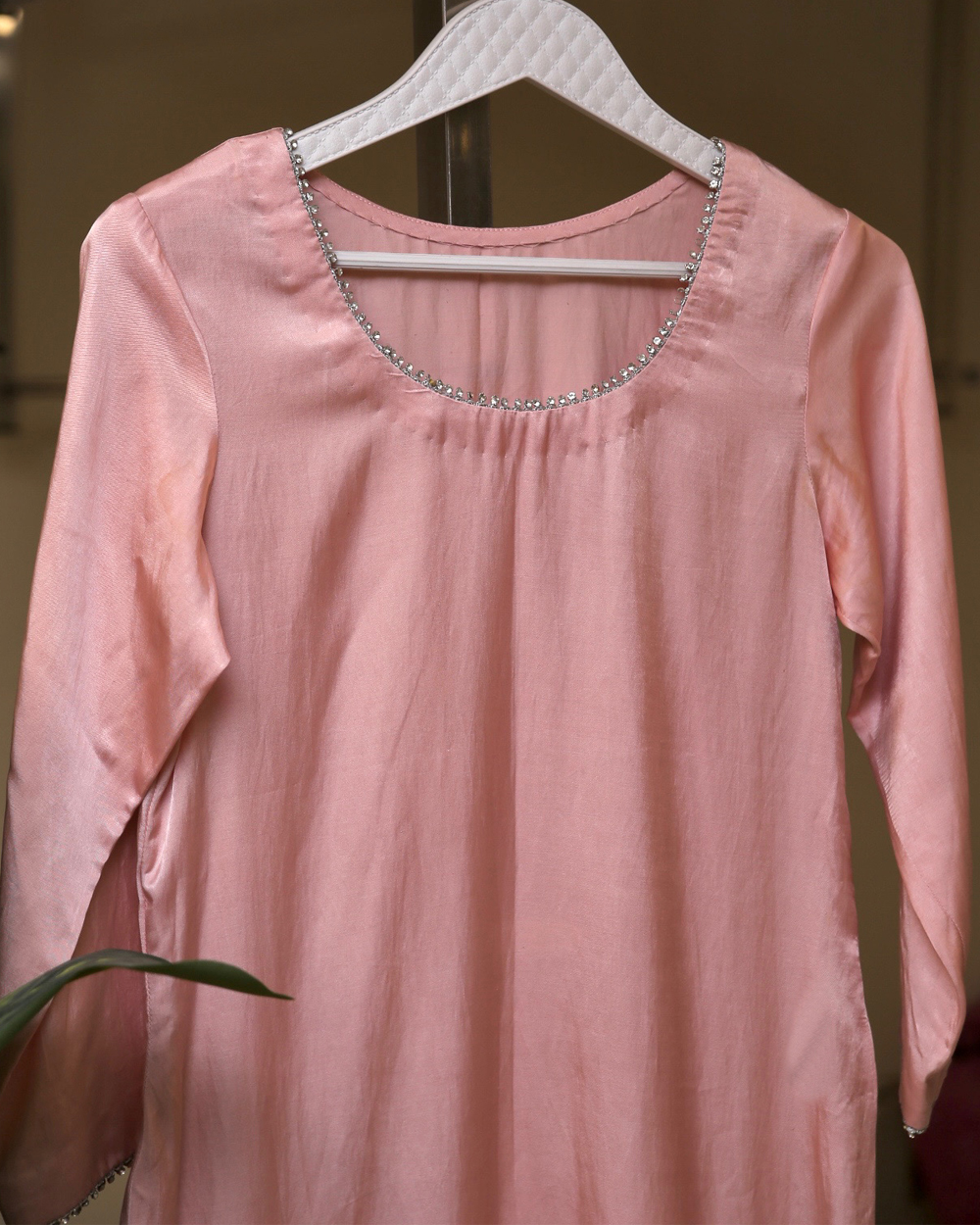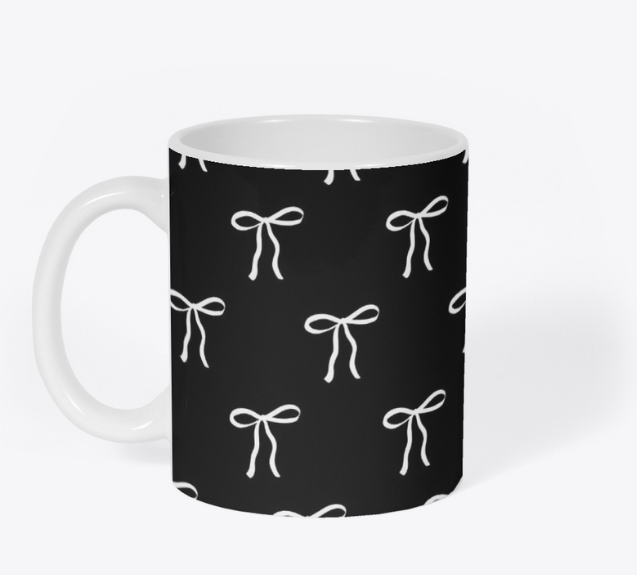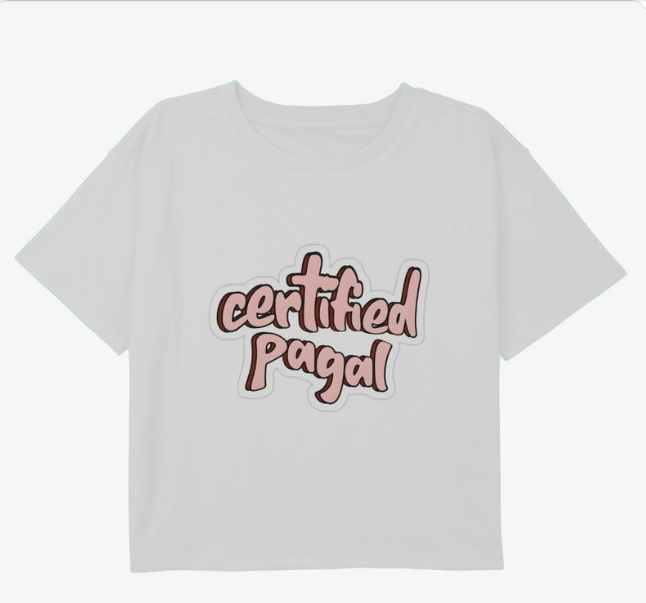
From Loom to Living Room: The Story of Pakistani Textiles and Home Décor
Introduction
Every Pakistani household has textiles woven with stories. From colorful Ajraks in Sindh to soft cottons in Punjab, the journey of textiles is both cultural and economic. Today, these textiles are not just clothing items — they are transforming modern homes worldwide.
The Heritage of Pakistani Textiles
- Cotton from Punjab: Pakistan is among the world’s largest producers of cotton, making it a global textile hub.
- Handloom Traditions: From Khaddar to Ajrak, handwoven fabrics carry cultural pride.
- Embroidery: Sindhi mirror work, Phulkari from Punjab, and Balochi needlework preserve generations of artistry.
From Weavers to Artisans
Behind every fabric is a community — men and women who pass their skills down generations. These artisans often rely on local markets, yet their products are globally admired for durability and design.
Textiles in Home Décor
Pakistani fabrics are now being used in:
- Cushions and Curtains: Adding cultural warmth to modern homes.
- Table Runners and Quilts: Fusing tradition with utility.
- Wall Hangings: Ajrak and Rilli as statement art pieces.
Challenges Facing Textile Artisans
- Middlemen cutting into profits.
- Lack of digital awareness.
- Limited branding and storytelling opportunities.
How Bokataa Bridges the Gap
Bokataa offers artisans:
- A digital platform to reach international buyers.
- Vendor training in product presentation and storytelling.
- Marketing that highlights the cultural story behind every product.
Conclusion
From loom to living room, Pakistani textiles are redefining how tradition fits into modern life. With platforms like Bokataa, these fabrics not only survive but thrive, bringing culture into homes worldwide.














